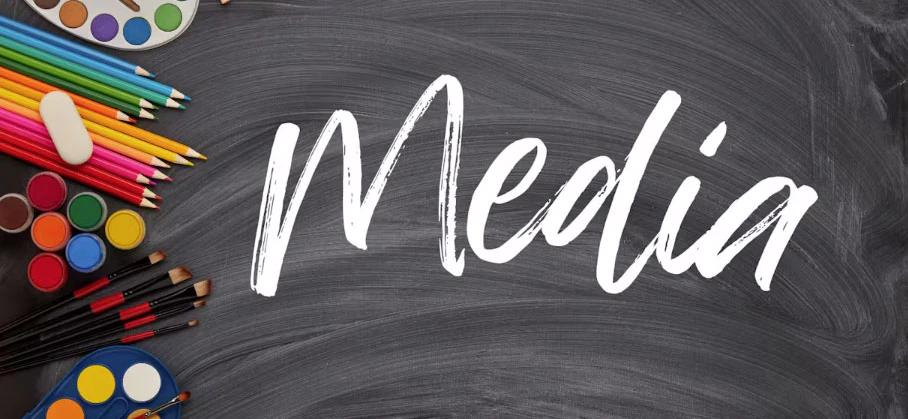Insights11th Sep 2024
Why media needs to go back to school
With all the children returning back to school, EssenceMediacom’s Frances Ralston-Good believes the media industry should also take inspiration.
This week, schoolchildren up and down England sat down at new desks and opened clean, fresh notebooks. Collectively, they are preparing to learn, to remodel themselves and shape their futures.
The difference between securing the best grade they can get and coasting through hinges on their taking a systematic approach, one that takes in their top-level goals but goes right down into the details. Those who will get the best academic results in the end are those who can pull in new information and integrate it into their work.
It strikes me as a scenario the ad industry should take note of.
The industry tends to have two ‘types’ of plans or discussions: enterprise-level conversations about strategy and tactical discussions about how the spots and dots will be distributed. Like the best school students, we must realize that those things are inherently connected. We need to have one conversation with one solution.
Losing sight of the end goal
Like a teenager distracted by the discovery of drinking in parks, advertising can sometimes lose sight of what we’re all here to do. The industry loves to talk about ‘integration’ and ‘holistic approaches,’ but we have not yet reached the convergence point that has already taken place in the real world.
Touchpoints and channels have collapsed in the lives of the consumer already. But many businesses don’t operate in this way. Much of the media ecosystem is set up to reflect the 20th-century model of siloed media, leading to siloed thinking. Ultimately, this means that brands and consumers have lost sight of each other. While many businesses consider themselves customer-centric, I would argue that very few are actually set up to deliver against that experience.
This is primarily a comms and media conversation, by which I mean the points where the brand actually reaches the consumer. While the industry’s tools and technology are cutting-edge, the danger for brands and agencies alike is falling in love with the technicalities of the work instead of putting energy into consumer expectations and experience.
As an organization determined to continually evolve - keeping pace with our client’s expectations through keeping alongside consumers - there are clear routes to success. But it’s not easy. Like young people today, our industry - clients, agencies, media owners and everything in between - need to get out our pencil cases and reconsider the connections that we can persuade ourselves don’t exist between people, actions, departments and disciplines.
Standardization with flexibility
The ‘how’ comes back to creating an operational model designed for excellence and change. It’s all about the sweet spot between standardization for scale and room for innovation. Standardization is necessary for scaled excellence, but if this becomes an “in all cases” mantra, it becomes a straightjacket–even a business risk, as the innovators in garages constantly prove.
Brands that wish to scale and agencies that support them must standardize the mature areas of their practices and foster a culture of consumer- and customer-focused innovation. This might mean identifying opportunities to collaborate or partner up, or it may mean fostering (yes, investing in) new and unusual ideas.
The most famous example of a culture set up for success is, of course, Amazon. Amazon employs the ‘say yes’ energy needed for agility and for true innovation. Unafraid of looking ‘peculiar,’ Amazon has always worked on a principle of “work to disconfirm” any existing beliefs. This, alongside a strategy that values new avenues as part of business culture, meant that a slightly strange-seeming side project cooked up on an offsite turned into 75% of its revenues. I’m talking, of course, about AWS.
Coca-Cola is also a case study from which we could all learn. The brand is fearless and fast and is willing to do something different. From working with us to integrate its iconic bottle into the logo of Weibo (a Chinese app similar to ‘X’) in a daring, world-first move that delighted customers to launching new flavors like its Coca-Cola Spiced - the brand is willing to try new things, and it is rewarded for that attitude.
These are among the most scaled businesses in the world; but making room for new ideas has kept them current, exciting and ahead of the curve.
Question everything to find the simple answers
As a big business; you need a mechanism to elevate ideas without crushing them. Ideas shouldn’t have to face a cynical judging committee but face one question: does it work? And if it works, try it out.
In advertising, and in media in particular, the industry needs to reframe itself as a place of learning. This means bringing together disciplines that have been separated for years. Operate the way the customer does, looking at channels and platforms as one part of a cohesive story. This is critical for clients, which, of course, makes it critical for agencies to be an enabling partner in that process.
Only through this integrated approach can any business hope to truly be best in class.
